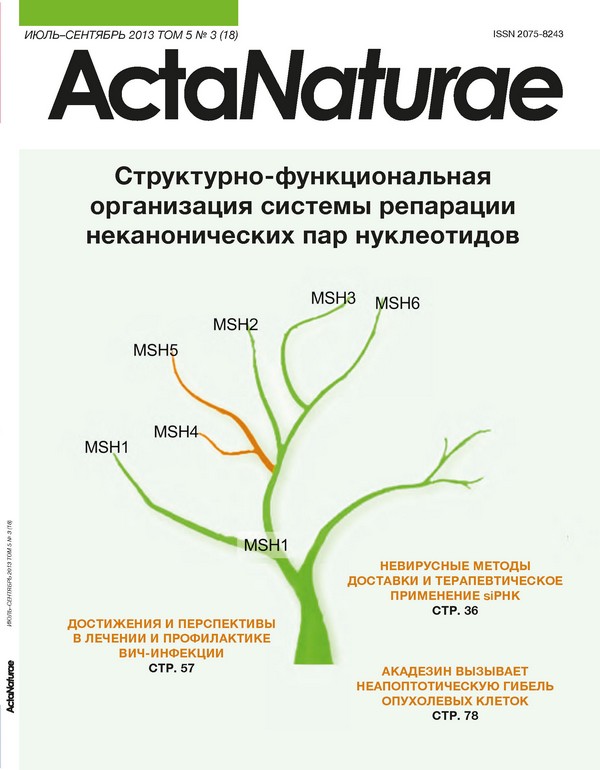Abstract
Alcohol abuse is one of the main reasons behind the low life span in Russia. Both social and genetic factors affect the alcohol consumption level. The genetic factors are alleles of the alcohol dehydrogenase ADH1B and aldehyde dehydrogenaseALDH2 genes. We have typed and found frequencies for the alleles in a cohort of 642 men, ethnic Russians. The individuals of the cohort were asked to complete a questionnaire in the framework of the Izhevsk Family Study (Leon et al., 2007, 2009) regarding the amount of alcohol consumed and on the type of hazardous alcohol consumption (nonbeverage alcohol consumption and the so-called “zapoï” which is a Russian term for a heavy drinking bout lasting for at least 2 days, when an individual is withdrawn from the normal social life). The ADH1B*48His allele was found among heterozygous individuals only (N=68, 10.6% of the cohort). The ALDH2*504Lys allele was also found among heterozygous individuals only (N=2, 0.3%) The effect of ADH1B alleles and the influence of the education level on the amount and type of alcohol consumed had not previously been studied in Russians. We have found that the amount of consumed alcohol is 21.6% lower (1733 g of ethanol per year) for ADH1B*48His allele carriers in the cohort of Russian men. The amount of consumed alcohol was found to be 9.8% lower (793 g of ethanol per year) in the case when individuals had a higher education as compared to those who had a secondary- or elementary school education level in the same cohort. Hence, the protective effect of the genetic factor (ADH1B*48His allele carriage) has proven to be more pronounced than the influence of the social factor (education level) at the individual level in the cohort of Russian men. Both factors have also proven to have a protective effect against hazardous types of alcohol consumption. Zapoï was not scored among individuals of the cohort with ADH1B*48His allele carriage (OR=12.6, P=0.006), as compared to 8.4% of “zapoï” individuals who did not carry the ADH1B*48His allele (genotype Arg/Arg).The percentage of individuals who consume non-beverage alcohol is lower (0.6%) in the subcohort of people with a higher education degree. This percentage is higher (6.0%, OR=10.0, P=0.004) in the subcohort of people without a higher education degree.







